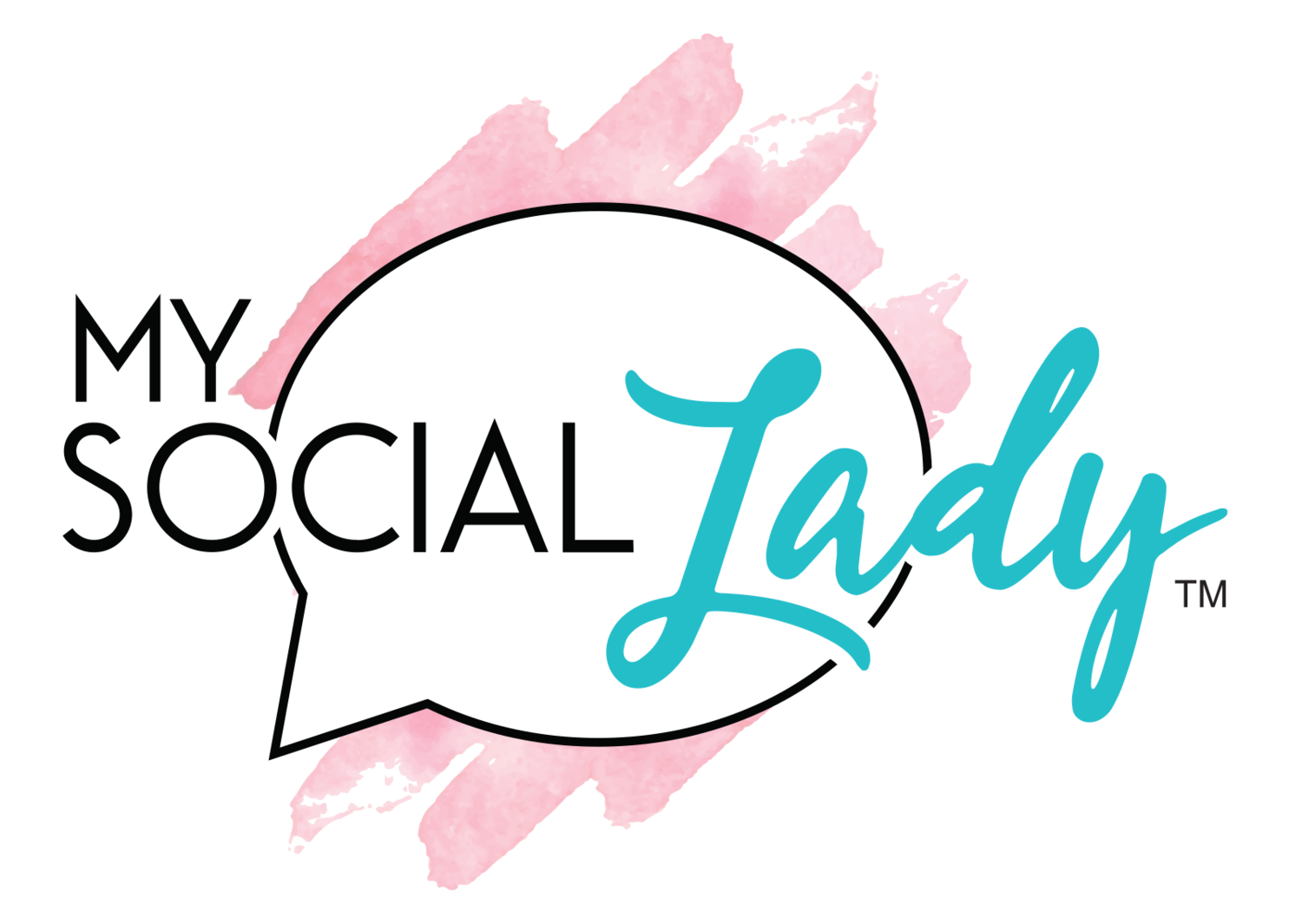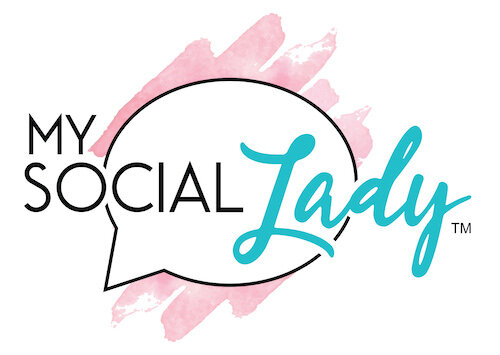Identifying Your Target Market
Identifying your target market is an extremely important part of marketing. While casting the widest net possible seems like a good idea in, if you don’t understand who you’re talking to, it’ll be hard for people to buy what you’re selling. So how do you determine who your target market it is?
Create Different Target Market Personas
Sometimes when identifying a target market, people create demographics that are too narrow. Instead of looking at a superficial range like men from 20-25, which doesn’t tell you anything about the type of person who would respond to your marketing, create different fake profiles of the kind of people you think would be interested in your products or services.
Here’s a couple examples of different profiles you might create for a bike company:
· John Whitney is 24, and he lives in an urban area. He chooses to bike to work because he cares about the environment. He still lives with his family, so he doesn’t have much space of his own.
· Layla Wilkens is a 30-year-old who just recently got back into competitive cycling after competing in races in high school. She lives in a place with a lot of flats, and she likes to train with her friend Raquel. She owns a house with her husband, and they live in a rural area.
Not only are these profiles much more detailed than a simple age demographic, but they also describe two people with completely different lifestyles and circumstances. After reading these profiles, you wouldn’t try to sell Layla a mountain bike, and you wouldn’t try to pitch a large-framed bike to John, who has limited storage space.
Benefits of Identifying a Target Market
By creating profiles with everything from age, gender, family situations, lifestyle choices, and even income range, you can get a much better understanding not only of your target market, but also the strengths and weaknesses of your products and services.


